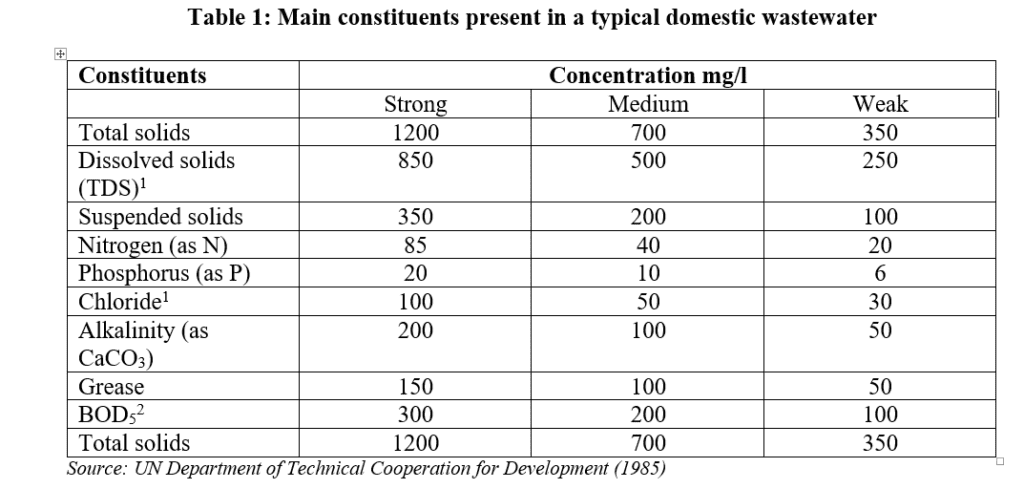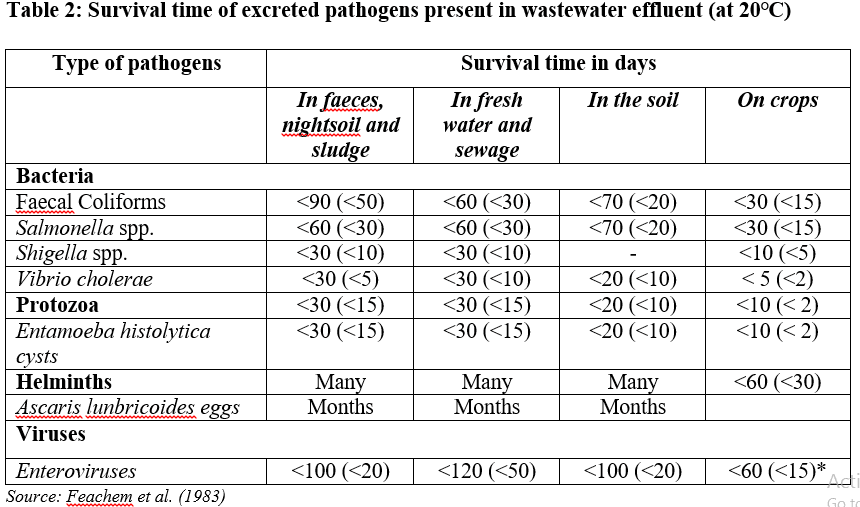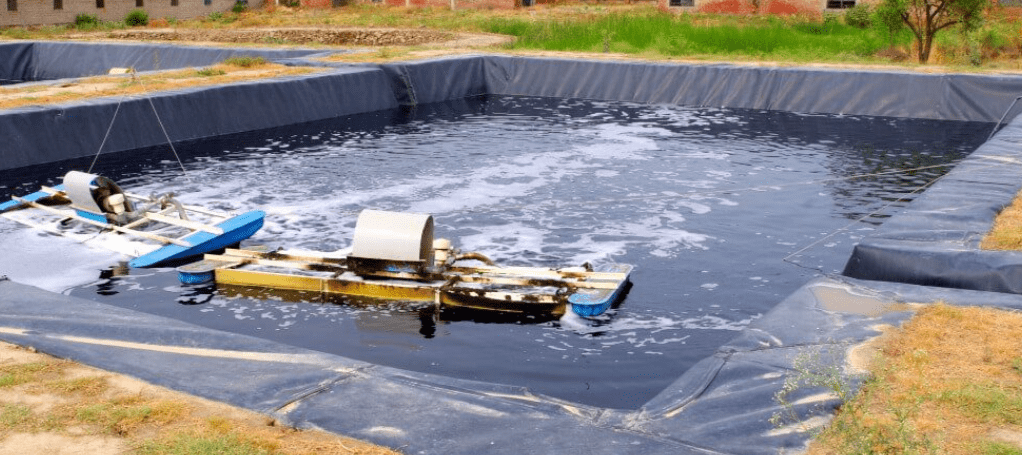Municipal and industrial effluents including sludge and wastewater are treated in effluent treatment plants (ETP). The ETPs are designed and installed, by contractors to remove hazardous organic and inorganic substances, pathogens and microbes as well as to extract valuable substances including nutrients (nitrogen and phosphorus) from the effluent. Effluent quality plays a critical role in the design and function of effluent treatment plants. Biological, chemical and physical characteristics of effluent must be taken into account during the design stage of a treatment plant. Intelligent, and efficient treatment is the need of time, as natural contaminants keep on changing and modifying.
Factors Affecting Quality of Effluent
• Size of effluent treatment plant
In order to get hydraulic computations correct, estimated effluent flow in to the plant must be computed. Along with that, size of the effluent channels and effluent plant must also be taken in to consideration. The right size of ETP to take effluent a day, a month and over years.
• Use of equalization tanks and ponds
The Spikes, in toxic substances present in effluent can negatively impact effluent process. Equalization tanks and ponds can provide additional benefit by diluting toxic effluents resulting in effluent containing fewer toxins. A homogenized effluent, with a consistent quality, to treat effluent , yields in a good performance
• Estimation of effluent inflow
Proper estimation of effluent inflow needed to be incorporated in the design phase of the treatment plant to ensure the proper function and productivity of the plant. All stream well monitoring and management
• Seasonal Variations
Seasonal variation needs to be accounted for in the size of the inflow. Inflows vary during the day and night. Furthermore, inflow is likely to be greater in the rainy season. In order to ensure the functionality of downstream treatment processes, inflow should be made nearly constant or stabilized.
• Physical characteristics of effluent
Physical characteristics such as colour, Total Suspended Solids (TSS), temperature, odour must be considered during the designing of the treatment plant. As many of physical parameters, our five senses can gauge easily, and also important and inevitable part of compliances. The presence of suspended solids also implies poor effluent quality that would in turn make treatment process difficult.
• Capability to withstand shock loads
The treatment plant should be able to withstand shock loads that are common during holiday season and festivities where effluent inflow is likely to increase.
• Solid materials
The presence of solid materials including grease and floating debris indicate that effluent has not been treated previously.
• Other factors
Other factors include presence of turbidity, amount of slit as well as temperature. Temperature plays an essential role as higher temperatures can impede significant biological and chemical treatment processes.
Characteristics of Wastewater Effluent
Municipal wastewater mainly consists of water (99%) along with dissolved and suspended organic and inorganic compounds. Organic substances present in sewage include soaps, lignin fats, carbohydrates, detergents, proteins and their decomposition products along with natural and synthetic organic chemicals coming from process industries. Table 1 shows major constituents found in a typical wastewater effluent coming from domestic source.

Toxic inorganic substances including elements such as arsenic, lead, copper, cadmium, mercury, zinc and chromium from domestic and industrial sources can also be found in municipal wastewater. These substances can be present at phytotoxic levels that would limit their agricultural use. However, micro and macro organisms and pathogens are considered as contaminants of greatest concern health wise which is a significant consideration in agricultural use of wastewater. Pathogenic bacteria, viruses, protozoa and helminthes can also be present in wastewater and have the capability to survive over a long period of time

Planned Use of Municipal Wastewater Effluent
Current environmental issues of population expansion have led to increased coverage of domestic water supply and sewerage which in turn have resulted in increased quantities of municipal wastewater. Use of wastewater effluent in agriculture is a significant consideration especially in arid and semi-arid regions where water scarcity is a major issue.
This will help in conservation of higher quality water for use in purposes other than irrigation. Planned use of municipal wastewater effluent will not only alleviate surface water pollution issues and conserve freshwater resources but also recycle nutrients in crop production. In this way, use of commercial fertilizers can be decreased with amounts of nitrogen and phosphorus present in the municipal wastewater. The use of wastewater in agriculture is justifiable on agronomic and economic grounds while taking into consideration environmental and health impacts.

Water Care Services Pakistan has been working on many ongoing projects where wastewater effluent coming from municipal and industrial sources is treated by our state of the art sludge free, BioCleaner treatment plant according to the National Environmental Quality Standards (NEQS). This treated wastewater is further recycled for agriculture and irrigation purposes. The well challenge taken is to treat effluent to FAO level and reuse in agriculture.
On World Water Day, let us reflect on the importance of preserving water quality, recognizing its pivotal role in sustaining life and fostering a healthier, more resilient planet.
